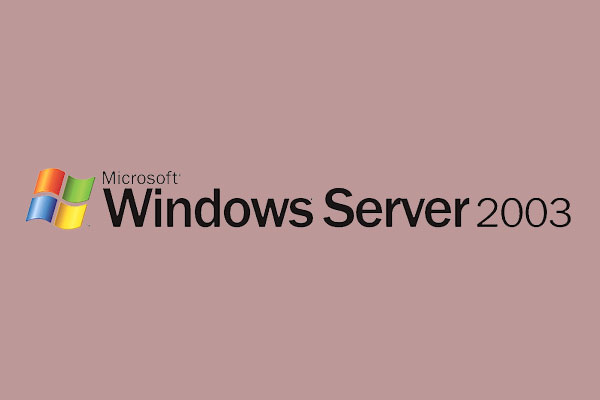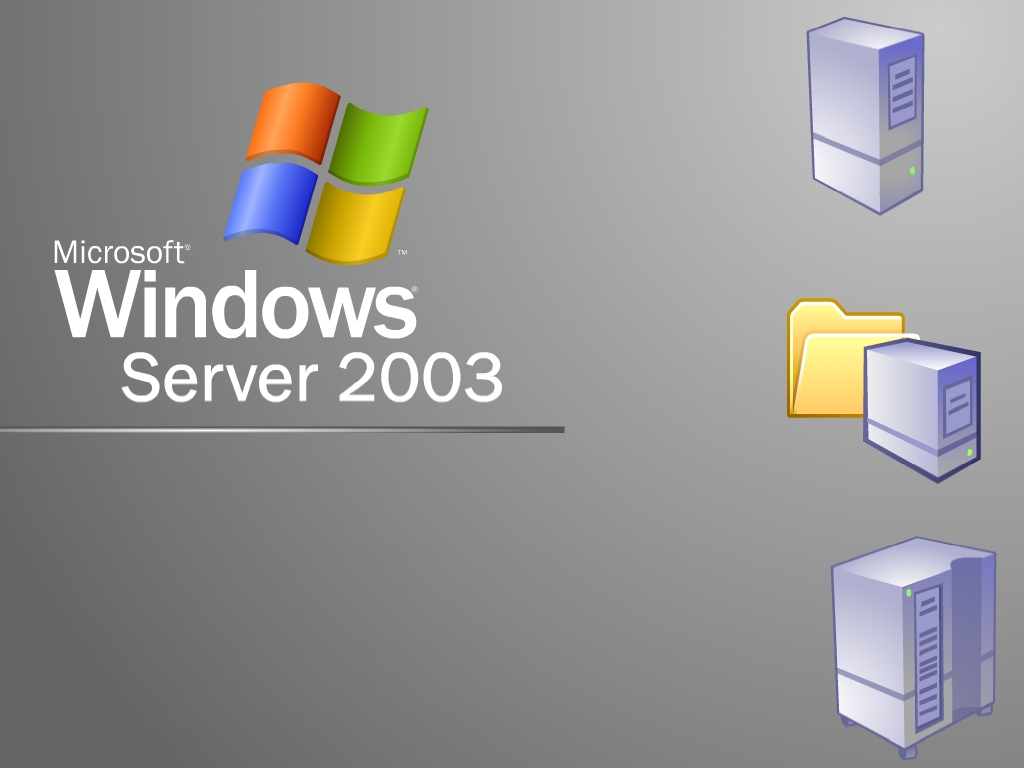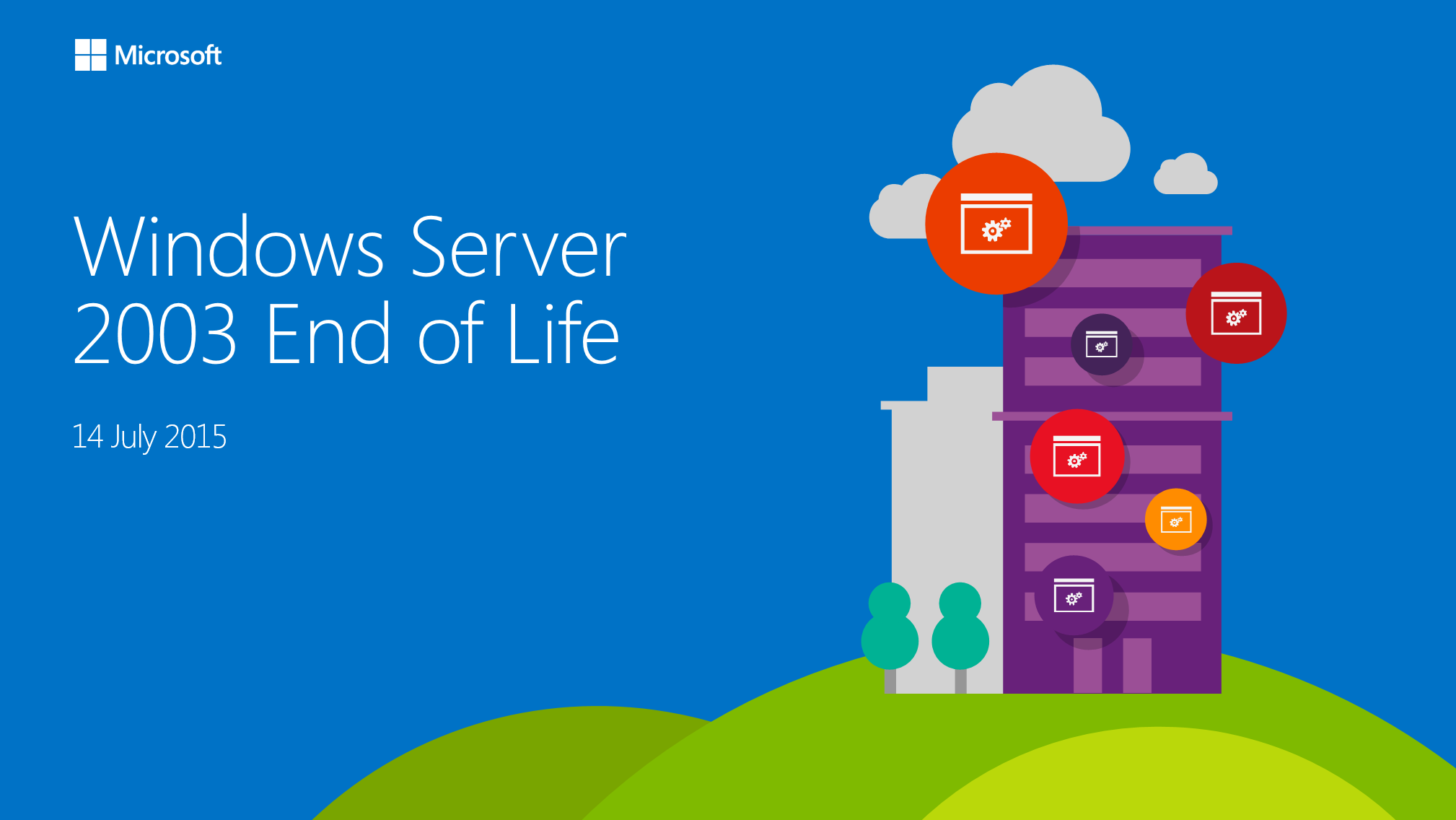


Why not upgrade?īefore Microsoft withdrew support, businesses had more than a year to upgrade their servers, but many still didn’t. How do they keep things rolling? More crucially, will they be able to run Windows Server 2003 indefinitely on their system? Let’s find out. It could be that they can’t, or simply don’t want to. Even now, despite the constant warnings by tech analysts and pundits, there are many who haven’t upgraded their 2003 server. And, be sure to follow on Twitter for the latest security updates.Microsoft hit the headlines when it withdrew support for Windows Server 2003 back in July 2015. Stay tuned for our next blog where we will outline in more depth each of the three migration options available to you and how you can overcome the challenges inherent with each. At McAfee we’re preparing materials to help you transition as seamlessly as possible, and overcome these challenges by securing your server environment no matter which of the three paths you decide to take. The Canadian Reviewer picked up on McAfee infographic about the Windows Server 2003 migration paths. Ultimately, the “do nothing” model is not an option as customers run the risk of no longer being compliant and leaving themselves vulnerable to malware.

Right now, there are three paths you can choose to go down in order to prepare: Lucky for you, with this blog (the first of a series of five intended to outline your options and solutions) we’ll help you to ensure you’re adequately protected when the date rolls around. You can bet that most hackers have this date marked on their calendars and are eagerly awaiting its arrival. Some are even going as far to call the end of life for this product the “ biggest security threat of 2015.” Security pros and IT specialists around the globe have already begun preparing as there are still 23.8 million Windows 2003 Servers out there. So, what does this mean for you? It means that, along with other support, Microsoft will no longer be providing any security updates to Windows 2003 servers, leaving them exposed to malware and open for attack. Still running a Windows Server 2003? You’ll want to read this.Īs you may or may not have heard, the end of life for Windows Server 2003 is now set for July 14 th, 2015 – meaning after that date, it will no longer be supported by Microsoft.


 0 kommentar(er)
0 kommentar(er)
